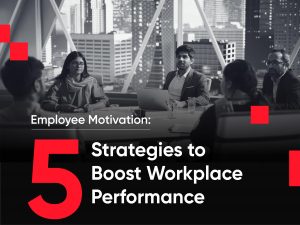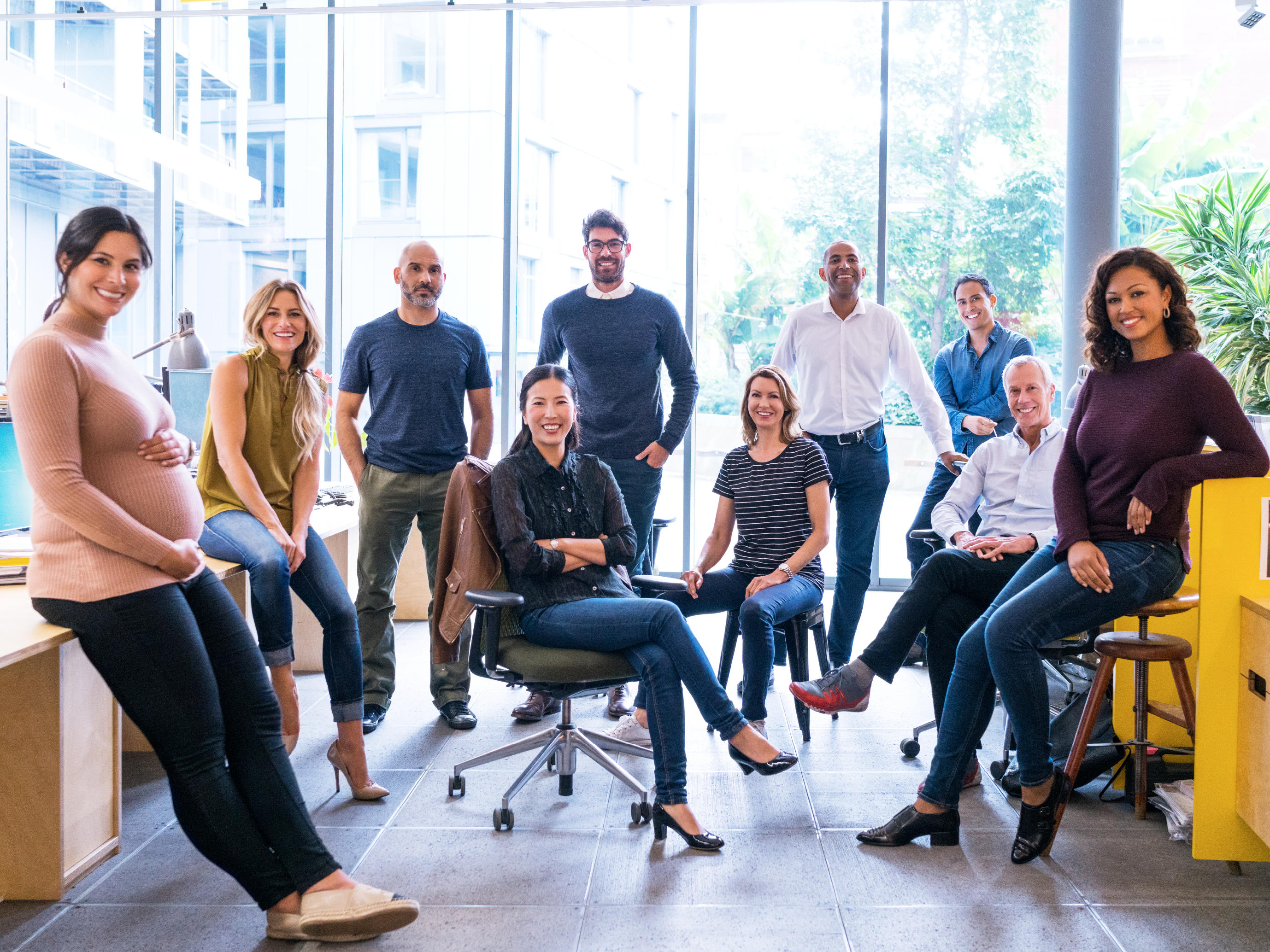Reading Time: 6 minutes
Innovation is the lifeblood of any organization, propelling it forward in a dynamic landscape. But fostering a culture of creativity and innovation isn’t magic. It requires deliberate effort, supportive leadership, and a nurturing environment. This article explores best practices for nurturing creativity and fostering innovation across various industries, drawing inspiration from leading companies like Juniper Networks, Cadence Design Systems, Reliance Nippon Life Insurance Company (RNLIC), Mahindra, and Flipkart.
Cultivating Creative Confidence: Examples Across Industries

Information Technology (IT):
- Juniper Networks:
- Hard Sell Your Idea: This initiative empowers employees to showcase and pitch innovative ideas with the potential to impact the business. Through a structured process, employees submit concepts, receive feedback, and compete for resources to develop promising ideas. This fosters a sense of ownership and encourages employees to think beyond their day-to-day tasks. The initiative also injects a healthy dose of competition, motivating employees to refine their ideas and present them persuasively.
- GBS Innovent Program: This program focuses on continuous improvement by encouraging employees to identify and address challenges within processes. Selected ideas are implemented using automation tools, leading to efficiency gains and cost savings. The GBS Innovent program tackles the innovation challenge from a different angle. It focuses on internal processes, empowering employees to streamline operations and identify areas for automation. This not only leads to cost savings and efficiency gains but also boosts employee morale by demonstrating that their ideas are valued and can have a tangible impact on the organization.
- Cadence Design Systems:
- Wave of Change: This initiative leverages employee-driven innovation to address challenges across various areas like facilities and professional development. A diverse team empowered with resources identifies opportunities and proposes solutions, fostering a culture of continuous improvement. The Wave of Change initiative goes beyond product development and innovation. It empowers employees to improve the overall work environment, including facilities and professional development opportunities. This holistic approach demonstrates that Cadence recognizes the importance of employee well-being and satisfaction in fostering a culture of innovation.
- Digital Garage and Idea Maker Labs: These programs provide employees with platforms to nurture creativity and develop groundbreaking products or optimize existing processes. Selected proposals receive support, mentorship, and resources, turning ideas into tangible solutions. Programs like Digital Garage and Idea Maker Labs create dedicated spaces for employees to experiment and explore new ideas. This not only fosters creativity but also reduces the risk associated with experimentation by providing a supportive environment where failures can be learning experiences.
Banking, Financial Services and Insurance (BFSI):
- Reliance Nippon Life Insurance Company (RNLIC):
- CEO’s Challenge: This initiative encourages employees to propose solutions beyond their core responsibilities. Promising ideas are selected for sponsorship, with cross-functional teams formed to execute the projects. This fosters ownership and facilitates successful implementation. The CEO’s Challenge directly engages leadership in the innovation process. This not only sends a strong message about the importance of innovation but also ensures that promising ideas have the support and resources needed to be successful.
Manufacturing:
- Mahindra:
- Mahindra Innovation Method (MIND): This unified framework integrates various innovation methodologies like Design Thinking and TRIZ. It standardizes practices, fosters collaboration, and equips employees with structured problem-solving tools, leading to disruptive innovations and improved performance. The Mahindra Innovation Method (MIND) provides a structured approach to innovation, ensuring consistency and reducing the risk of reinventing the wheel. By integrating various methodologies, MIND offers employees a diverse toolkit for tackling challenges and developing innovative solutions.
E-commerce:
- Flipkart:
- Flipkart Labs: This dedicated team focuses on pioneering innovations in e-commerce. Through a structured approach, they develop and implement solutions that enhance customer experience, operational efficiency, and Flipkart’s competitive edge. The program also encourages collaboration through internal volunteer programs and partnerships with external entities. Flipkart Labs takes a future-oriented approach to innovation. By focusing on pioneering “first-in-India” solutions, they ensure Flipkart stays ahead of the curve and maintains its competitive edge. The collaboration with external entities allows them to tap into a wider pool of knowledge and expertise, accelerating the innovation process.
Key Takeaways for Building a Culture of Innovation

These industry-specific examples highlight some key takeaways for building a culture of innovation:
- Empowerment: Provide employees with platforms and resources to submit ideas and contribute to the innovation process. This could involve creating online idea submission platforms, hosting hackathons, or establishing dedicated innovation centers.
- Structured Programs: Implement frameworks and initiatives that guide the ideation, development, and implementation of innovative ideas. These programs should provide clear guidelines, milestones, and resources to help employees navigate the innovation process.
- Cross-functional Collaboration: Foster collaboration between teams from different departments to leverage diverse perspectives and expertise. This can be achieved by forming cross-functional innovation teams, encouraging open communication channels, and organizing brainstorming sessions that bring together employees with different skillsets.
- Supportive Leadership: Leaders must champion innovation, provide resources, and create a safe space for experimentation and failure. This involves actively seeking out employee ideas, allocating budget for innovation projects, and tolerating calculated risks. Leaders should also celebrate successes and learn from failures to continuously improve the innovation process.
- Continuous Improvement: Regularly evaluate and refine innovation processes to ensure their effectiveness and alignment with organizational goals. This involves gathering feedback from employees, measuring the success of innovation initiatives, and adapting programs based on the learnings.
Fostering a Growth Mindset
In addition to the key takeaways mentioned above, nurturing a growth mindset is crucial for fostering a culture of innovation. A growth mindset encourages the belief that skills and abilities can be developed through effort and learning. This is essential for innovation because it allows employees to embrace challenges, persevere through setbacks, and continuously learn and improve. Organizations can promote a growth mindset by providing opportunities for professional development, encouraging experimentation, and rewarding employees for their effort and learning, not just for achieving perfect results.
The Road to Innovation: A Continuous Journey
Building a culture of innovation is not a one-time event; it’s an ongoing process that requires continuous effort and dedication. By implementing the best practices highlighted in this article and fostering a growth mindset within the organization, companies across all industries can empower their employees, cultivate creativity, and unlock the power of innovation to achieve sustainable success in a dynamic and ever-evolving world.
Beyond the Examples: Universal Strategies for Innovation
While the previous sections focused on specific industry examples, several key strategies can be applied universally to foster a culture of innovation:
- Embrace Diversity and Inclusion: A diverse workforce brings a wider range of perspectives and experiences to the table, leading to more creative solutions. Organizations should actively promote diversity and inclusion initiatives to create an environment where everyone feels comfortable sharing their ideas.
- Recognize and Reward Innovation: Acknowledge and reward employees who contribute to the innovation process, both for successful ideas and for their efforts in exploring new possibilities. This reinforces the value of innovation and motivates employees to continue contributing.
- Celebrate Failures: View failures as learning experiences rather than punishments. Encourage employees to openly discuss their mistakes and use them to refine their ideas and improve future innovations.
- Create a Culture of Open Communication: An open and transparent communication culture allows employees to freely share ideas and concerns without fear of judgment. This fosters collaboration and ensures that everyone is on the same page regarding the organization’s innovation goals.
- Stay Informed About Industry Trends: Leaders and employees should stay up-to-date on industry trends and emerging technologies. This knowledge can spark new ideas and help organizations identify areas where innovation is most needed.
By adopting these universal strategies alongside industry-specific best practices, organizations can create a thriving innovation ecosystem that propels them towards long-term success.
In Conclusion:
Innovation is the key to surviving and thriving in today’s competitive landscape. By fostering a culture of creativity, empowering employees, and implementing effective innovation programs, organizations can unlock their full potential and drive positive change. The journey towards a truly innovative organization is continuous, but the rewards of a successful innovation culture are undeniable. So, take the first step today, nurture creativity within your teams, and embark on the path to a brighter and more innovative future.










